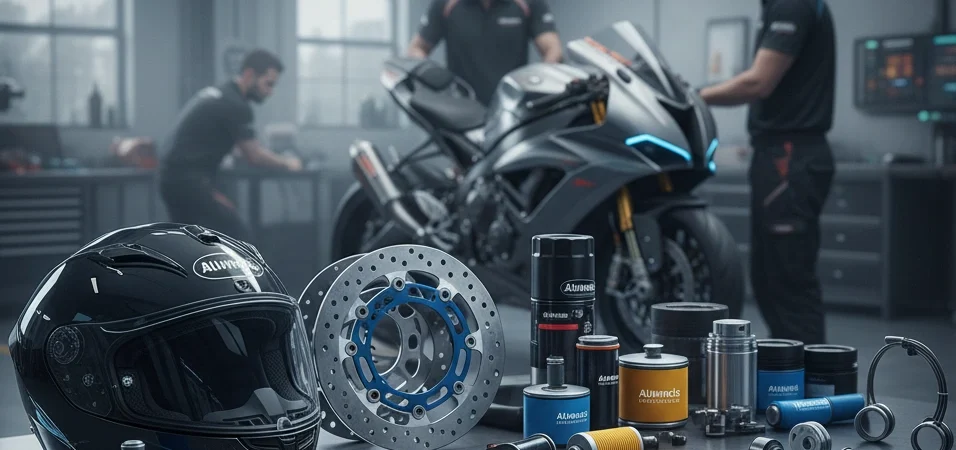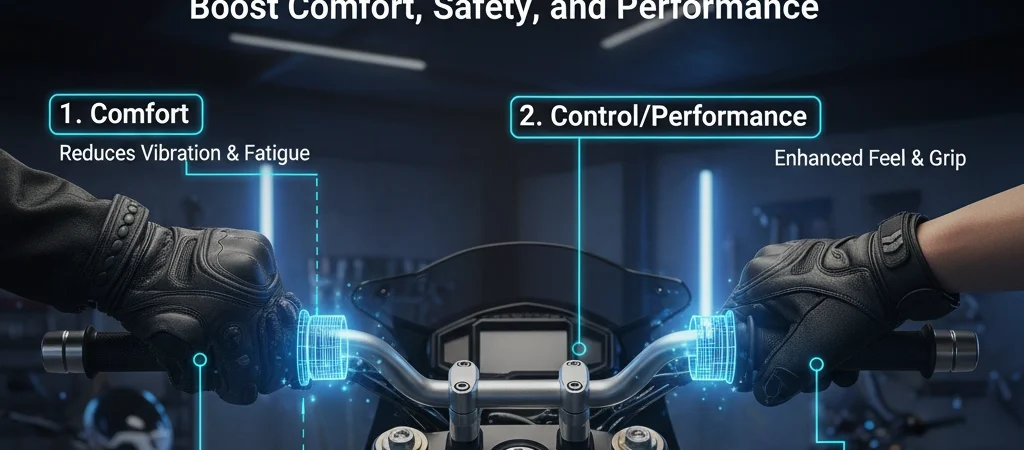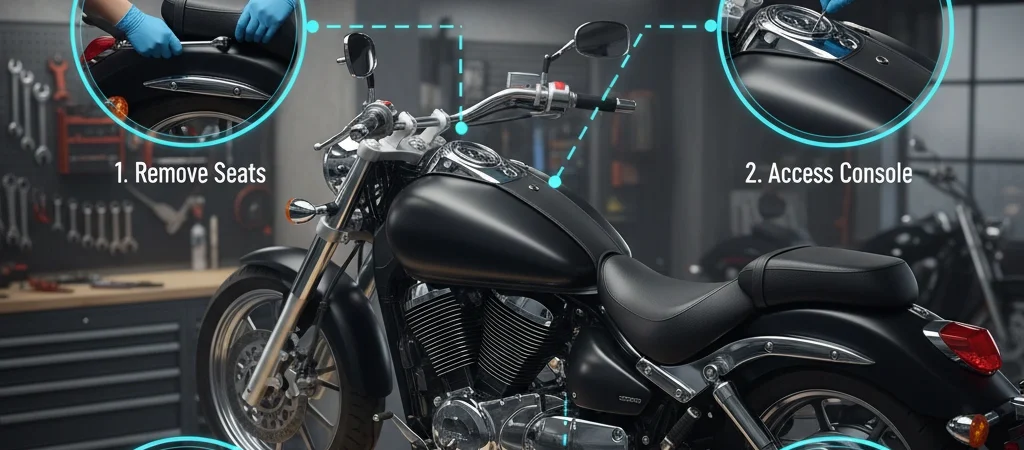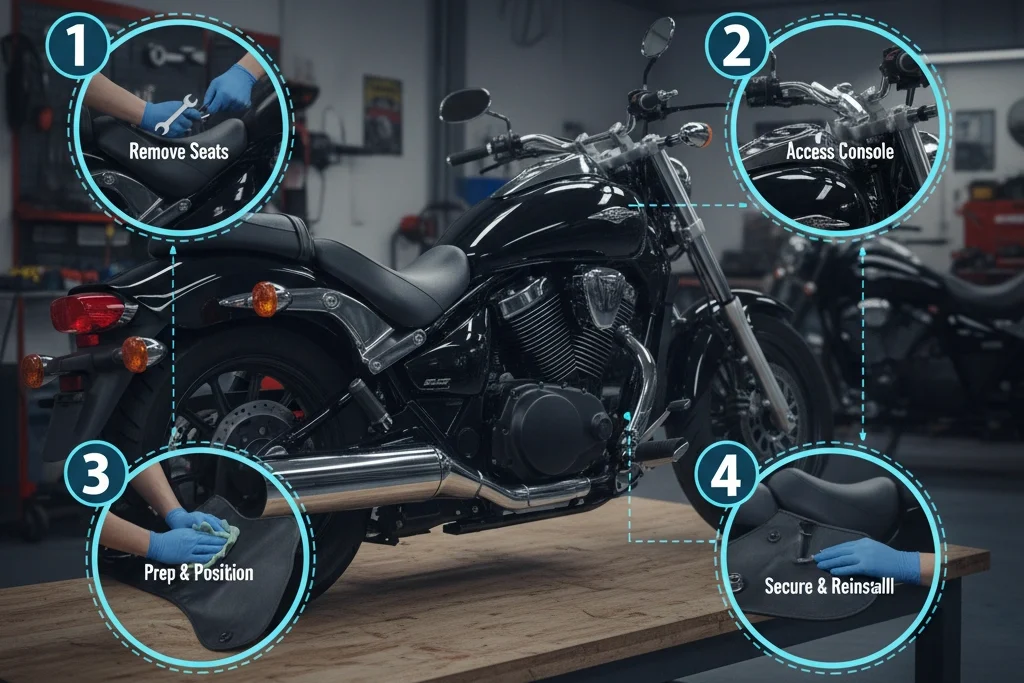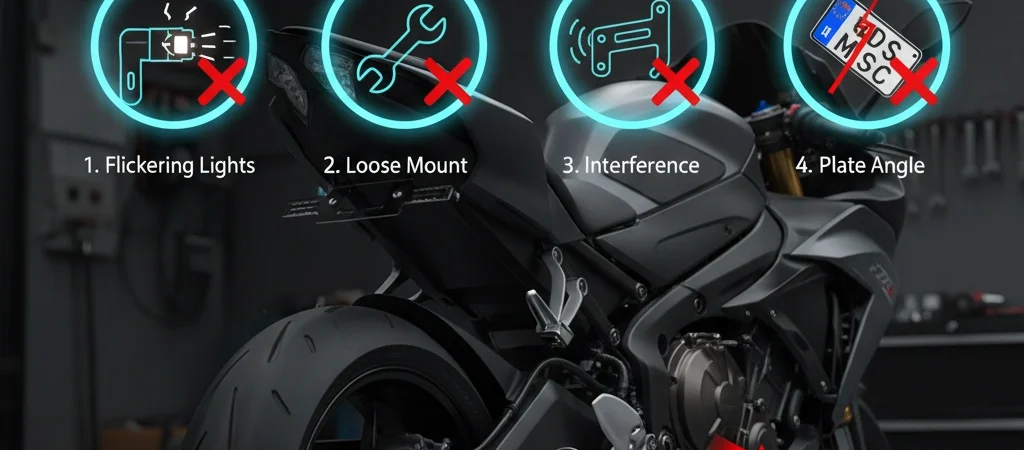Imagine your motorcycle like an orchestra of moving parts. The combination of all these performance-grade components will create harmony, resulting in a motorcycle that reacts to your signals, keeps you safe, and brings you smiles for every mile. It is this vision at Aliwheels that makes us selective in our product range. We do not only sell components, we give you the blocks for a fantastic ride. Aliwheels motorcycle parts provide performance, safety, and style. In this blog, we will discuss different categories of the product range that could be a great purchase for you.
Clutch Mechanisms
- The clutch: The area that connects you to the rear wheel upon that phenomenally powerful engine. A worn-out clutch not only deprives you the acceleration but also makes gear changes rudimentary and unresponsive.
- What we are selling: a variety of high-performance clutch kits, durable friction plates, matched steel drive plates, and heavy-duty springs.
- The Rider Advantage: The right clutch kit has given the rider a smooth, precise engagement and steady power in every ride, with or without a pillion, regardless of whether the ride involves city traffic or a tourer. Our kits permit greater torque, so there is no slippage, and you have your sense of connection and directness.
Why use a bad clutch to blur your motorcycle performance? The first modification that you can make is upgrading your clutch, which will give greater acceleration and smoother control.
Braking Parts
It is as necessary to control as to create. There should be no compromise during the process of brakes.
- What We Sell: Sintered and organic brake pads, wave and standard rotors and high-quality brake fluid.
- The Rider Advantage: Sintered metal pads are designed with high stopping power in all weather conditions and do not fade away when the rider goes on an aggressive ride. The performance rotors are also more efficient in heat dissipation, and hence the braking efficiency is maintained during long descents. This is equivalent to shorter distances of stopping, consistent lever feeds, and unshaken confidence that you need the most.
It is your brakes that can save your life. Our parts are put to the test to give us maximum stopping power and repetitive performance at all times.
Grips, Controls and Handlebars
This is the place you touch your steering, throttle, and clutch lever. Here, ergonomics has a direct effect on fatigue and control.
- What We Sell: Ape hangers, tracker bars, replacement levers, and a plethora of grips (rubber, gel, heated).
- The Rider Benefit: When changing to handlebars that are most comfortable with your posture, you will have eliminated back pain and wrist pain. Quality grips contain vibrations and offer a good and non-slippery grip. Adjustable shorty levers are hand-sized, lowering reach, and increasing comfort.
Control is not to be a war. Handling and comfort are upgraded by optimising the handlebar setup.
Mirrors and Lighting
Awareness is safety. You must have a clear view of what is behind you and the capability of being seen in low-light situations.
- What We Sell: Bar-end, stem-mounted, and custom mirrors, improved LED light kits for headlights, indicators, and brake lights.
- The Rider Benefit: Good mirrors remove blind spots and minimise head-turning, and keep your eyes forward. The current LED light is whiter and brighter to see better in the dark and consumes less power, hence making it more reliable.
Improved vision is a two-fold upgrade-you will be safer, and night riding will be an easier task.
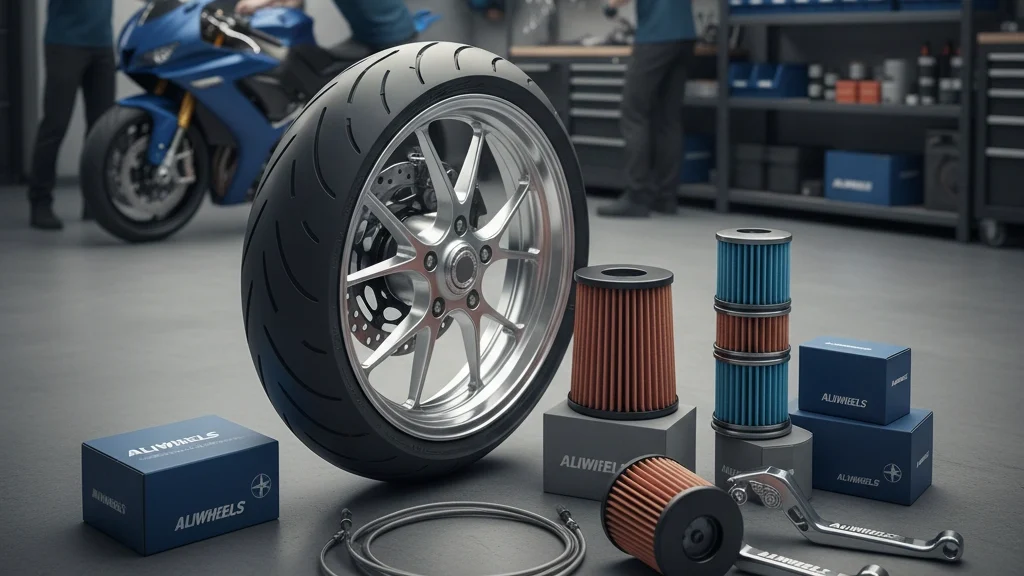
Filtration and Oils
Quality and regular filtration and lubrication are the most affordable insurance money to the health and performance of your engine in the long run.
- What We Sell: Inline fuel filters, high-flow air filters, spin-on oil filters, and engine oils of premium JASO MA.
- The Rider Advantage: An air filter with high flow will also increase throttle response and horsepower because it allows your engine to inhale more easily. A good quality oil filter will pick up microscopic particles of metals, and this will eliminate wear. Appropriate motorcycle-specific oil means that the motorcycle will be well lubricated, and the clutch will operate smoothly.
Electrical and Batteries
It is a dead battery and a dead motorcycle. It is a good electrical system that makes your machine alive.
- What We Sell: Lithium-ion (LiFePO4) and AGM batteries, stators, rectifier-regulators, and spark plugs, which are maintenance-free.
- The Rider Advantage: Lithium-ion batteries are small yet have higher capacity to store energy and have more performance during cranking, particularly in low-temperature weather. Replacement of spark plugs results in efficient burning, smooth idling and higher fuel economy.
One of the common places of failure is electrical gremlins. A good battery and good electric parts ensure that your Motorcycle works each and every time you flick the switch.
Aesthetic and Functional Accessories
Here is where you personalise the motorcycle. The accessories must be designed with a combination of form and functionality that improves the appearance and use.
- What We Sell: Saddlebags, tank covers, windscreens, crash bars, and custom footpegs.
- The Rider Advantage: The tight-fitting windscreen helps in shielding the wind blast on long routes, thereby significantly reducing fatigue. Saddlebags are a good way to pack up to go to work or sightseeing. Crash bars prevent damage in a tip-over to your engine and other costly parts, and save you money in repairs.
The accessories that you need to have are not only those that make your motorcycle look good; they are those that make it more practical, comfortable, and safer in the face of the real world.
Conclusion
All the parts on your motorcycle serve a purpose. The motorcycle can be powered through the clutch, brakes allow you to feel safe, the filters help to keep the engine safe, and the accessories give you your style. Quality does not consist of a detail; it is the whole picture.
We have developed this portfolio in Aliwheels to give you the choice of power: to replace, upgrade, repair, and enhance. We promise to offer real, performance-proven components that will allow you to construct a motorcycle that will be more capable and reliable and unique to you.



